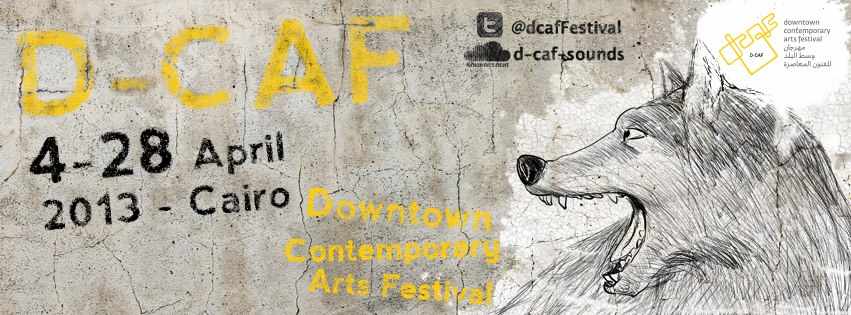“Hold on to my dream, fight for the photo. We [photojournalists] are the ones who make the history, not historians.” This was a part of a message Mahmoud Abu Zeid, known as Shawkan, sent from prison last November.
In an attempt to keep his dream alive, while framing his name as a slogan for creativity, credibility, and honour, the Shawkan Photojournalism Award released its second round of winning photographs.
What Shawkan did, in order to spend more than 1,000 days of his life detained in a dark cell with barely any sunlight and no charges against him, was his job. As a photojournalist, Shawkan, was capturing the violence on display at the dispersal of the Rabaa Al-Adaweya sit-in, before he was arrested on 14 August 2013.
For more than three years, Shawkan’s case was highlighted while many figures and institutions called for his freedom; however, all attempts to exonerate and release Shawkan fade with every decision to adjourn the case taken by the Cairo Criminal Court.
The competition was first launched in 2015 by a group of photojournalists who wanted to honour Shawkan’s name and increase the pressure on his case while raising people’s awareness for the cause.
“Having a photojournalism competition with Shawkan’s name is all that we can do in order to remind as many people as possible about his case while emphasising our calls for his freedom,” said Mosaab El-Shamy, a photographer and one of the founders.
Through the competition, the founders emphasised “the importance of photojournalism in spreading truth and transferring oppressed aches and pains and changing reality for the better, which makes photojournalists a target in some cases” as the competition’s official Facebook page states.
“When Shawkan found out we were hosting a second round of the competition, he was so thrilled and happy,” El-Shamy said. “It made him feel unforgotten and this is the most overwhelming feeling any detainee looks for.”
The pictures at the photojournalism section included several humanitarian shots from trials and funerals while the daily life section exhibited the simplicity of lower class citizens in their daily routine.
In the photojournalism section, out of 46 photographs, a picture featuring two women mourning and crying at the funeral of the victims of the Coptic church attack in Cairo, was awarded first place. The picture was taken by photographer Eslam Gomaa’.
In second place was a photograph taken by Ahmed Abdel Gawad. It shows a little girl leaning her cheek on a trial room’s bench while waiting for her father’s trial to start.
While the photojournalism section leaves one filled with heartache and sorrow, the pictures of the daily life competition come to heal the pain by bring joy and optimism by capturing happy moments.
The first place award in the daily life section’s pictures went to photographer Mohammed Mahdy, who photographed two children smiling at Rashid, while one of them proudly holds a little chick on his shoulder while running.
As for second place, it went to Ali Zarey who captured a wedding at a city in Dakahlia governorate with drunk men sitting besides many empty beer bottles.
The panel of judges included several photographers and photo editors who worked at international institutions and newspapers, including Ahmed Haymen.
“This year’s round witnessed more participation than the previous one,” said Hossam Diab, one of the judges. “Most photojournalists can feel Shawkan’s pain, and in order to show their support there have been more participants.”
This year’s round witnessed the participation of more than 800 photographers, unlike the previous one, which only attracted 100 photojournalists. This year’s competition hosted more evocative pictures and more talented photographers.
“Despite the lack of political events, aside from a few terrorist attacks, the number of pictures capturing political events in a creative and powerful way is much more than the previous year,” Diab said. “This indicates that younger generations are more aware of their work as photographers.”
When the competition launched in 2015, its founders planned to host a one-time only competition, believing that by the second year, Shawkan would be free and they would not need to hold a second edition. Given that their dream has yet to become a reality, they decided that even when Shawkan is released, the competition will run annually.
“Hopefully, Shawkan will join us soon, and he could be one of the judges next year” Diab concluded.










